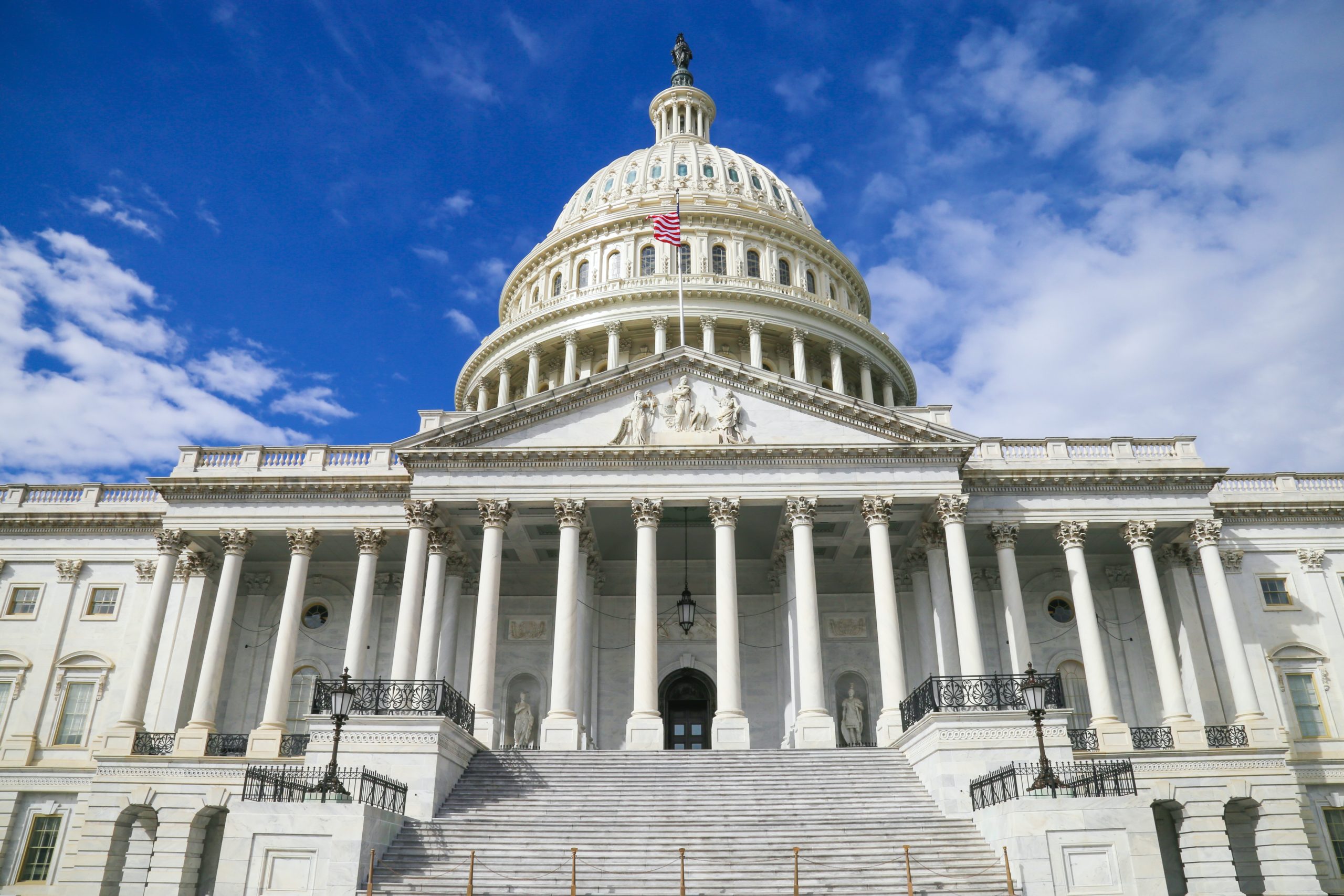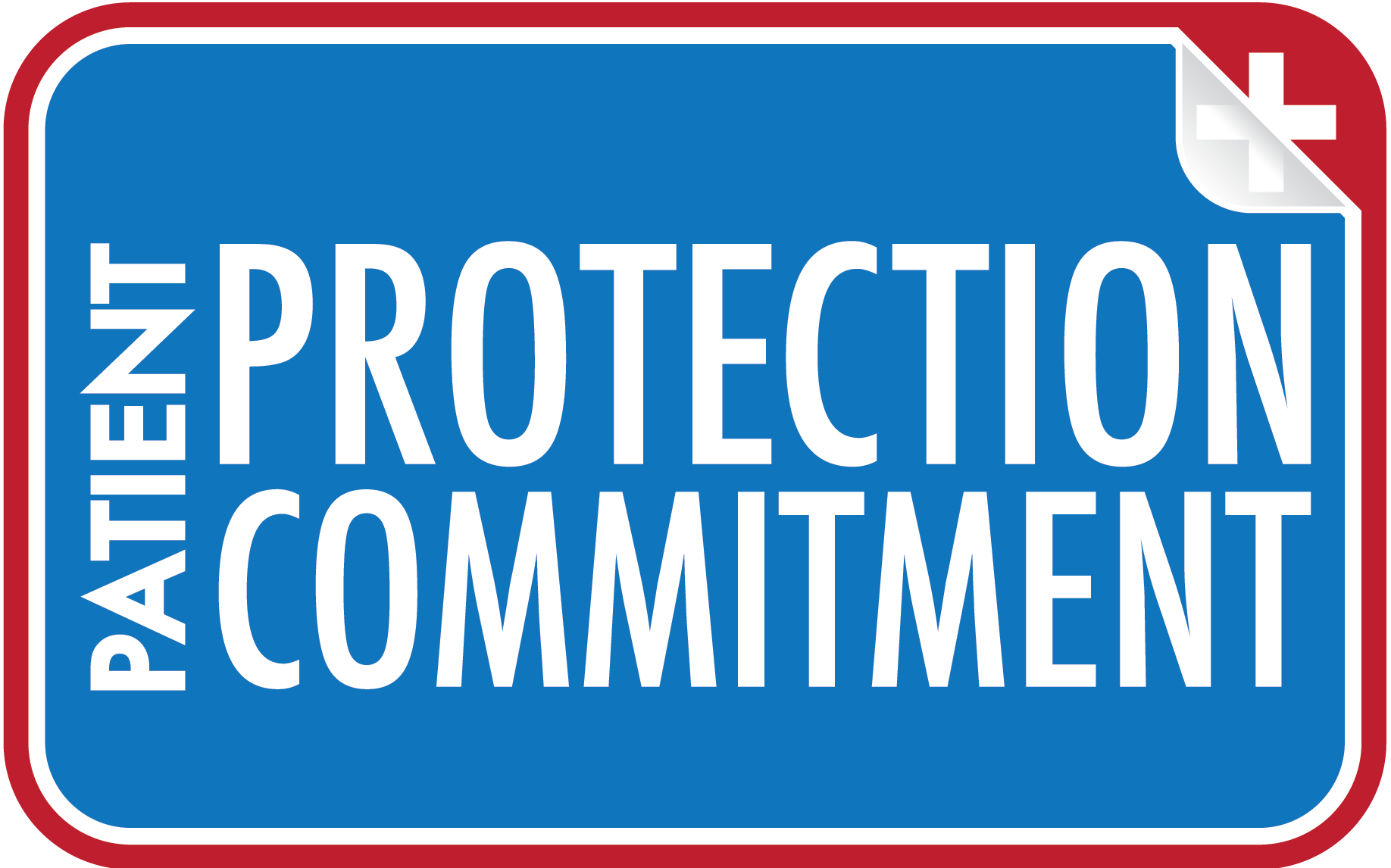
Newt Gingrich for Newsweek
Former Speaker of the U.S. House of Representatives, Patient Protection Commitment signer
COVID-19, riots, and the economy are all top-of-mind issues for voters and GOP strategists. But, as in past elections, Democrats are pulling out a last-minute sleeper issue: health care.
Already, misleading ads about the GOP taking coverage away from people with pre-existing conditions are running in a number of congressional races.
Outside of repeating “repeal,” Republicans have been tongue-tied on health care, failing to clearly articulate a plan that they are all for. This year, however, they should unify behind one approach with the potential to be decisive for anyone who isn’t a hard partisan (and influence some partisans as well). That approach is to promote the right to know health care prices up front—health care price transparency.
How powerful an issue is this? According to a McLaughlin & Assoc. nationwide poll of likely voters fielded in July, a whopping 88 percent of voters said they agreed that “All organizations involved in health care (insurance, hospitals, doctors, etc.) should disclose all of their prices—including discounted, cash prices and insurance negotiated rates (the price providers negotiated with health plans)—across hospitals and across plans in an easily accessible place online to allow for easy shopping for healthcare services.”
Why? People are sick of the crazy cost of health care. They are sick of the uncertainty. They are sick of being blindsided by bills. And they are sick of the out-of-network games. Americans look at every other service and industry and intuit that the basis of high quality and low cost is markets and the competition they provide.
In 2019, President Donald Trump signed an executive order that would give people the right to know all prices in advance—including cash prices and insurance-negotiated rates—so they can shop, compare, and never be blindsided.
Yet 51 percent of likely voters surveyed in a McLaughlin nationwide poll fielded Aug. 22-26 don’t know that President Trump had signed an executive order requiring health care price transparency. Only 40 percent did.
So the Trump campaign has an awareness problem. But it also has an opportunity. Sixty-five percent of voters in that same poll know that executive orders are different from laws in that they can be undone by the next president.
Why is that an opportunity from a campaign perspective? Because President Trump’s executive order on health care price transparency doesn’t go into effect until January of 2021, after the election. At stake in this election is whether health care price transparency is implemented, particularly as Congress and the Senate have so far failed to make it a statutory law.
Should that matter to politicians? Well, in a Rasmussen nationwide poll of likely voters fielded Sept. 3-5, 78 percent of voters—across all demographics and parties—say they would be more likely to vote for a senator, member of Congress, or candidate who claims that he or she will support health care price transparency legislation.
The challenge for candidates and members of Congress is to figure out how to let voters know that they are serious about this policy, particularly given the failure to pass it as legislation.
To solve this problem, Independent Women’s Voice this summer created the Patient Protection [Commitment], with versions for elected officials, candidates, and the general public to sign.
Dr. Art Laffer and I are signers of the public [commitment]. We signed because health care price transparency solves the problem of blindsiding bills and games played with out-of-network billing. Estimates are that it will bring down health care costs nationwide by 40 percent. It will give patients—particularly in the time of COVID-19—reassurance that they aren’t being ripped off—and it will help the economy recover. Plus, it is the foundation for all the health care reforms being advanced by the White House.
Most importantly, it is going to take a sonic boom of public demand to counter the lobbying contributions of the health care industry, which wants to keep prices obscure and kill any price transparency bill.
For candidates like Sen. Mike Braun and Rep. Bill Flores, signing the [commitment] elevates the issue while making it clear to voters that signers are serious about genuine price transparency. It starts with trying to pass their Health Care PRICE Transparency Act, which effectively codifies the president’s executive order and makes problems like surprise bills evaporate.
Why does “genuine” matter? Well, there are a lot of things politicians—and the health care industry and its lobbyists—say they favor, but the devil is in the details. That’s why IWV.org has a useful checklist of words, terms and provisions that let you determine the difference between genuine transparency and smoke-and-mirrors rhetoric.
Big insurers, hospitals, pharmacy wholesalers, pharma and middle players like private equity investment firms that benefit financially from these industries have been lobbying heavily. They sought to change, defang or otherwise impede the executive order. Now they seek to slow or stop it through litigation, and work to prevent it from getting into law—most recently as part of the latest COVID-19 relief bill.
While 62 percent of Americans in the August McLaughlin poll didn’t know specifically that hospitals were using litigation to try to prevent having to tell patients upfront what they would be charged, nearly 60 percent point to industry lobbyists as the biggest problem in stopping a requirement of health care price transparency.
The Patient Protection [Commitment] is designed to capture an issue that matters to swing voters, clarify who is for genuine price transparency, create a mandate on this issue and hopefully help get legislation passed. Whether candidates take advantage of it remains to be seen.
